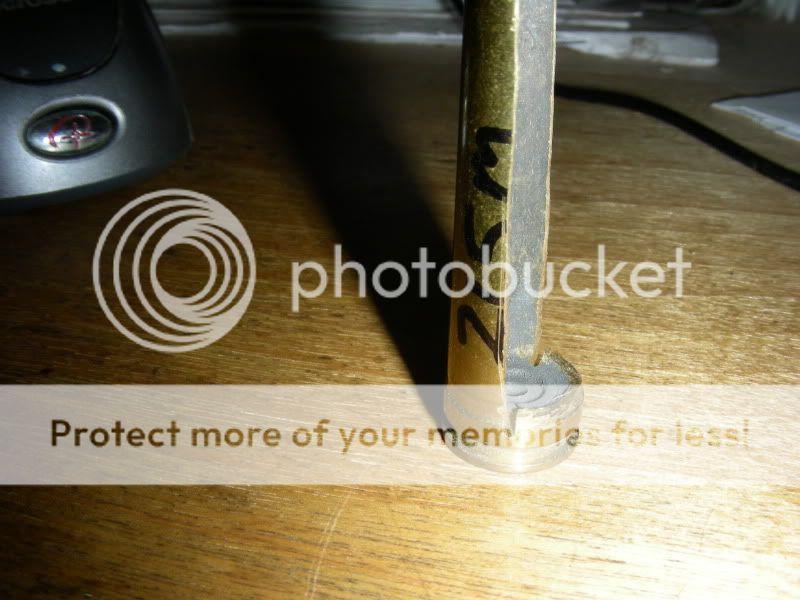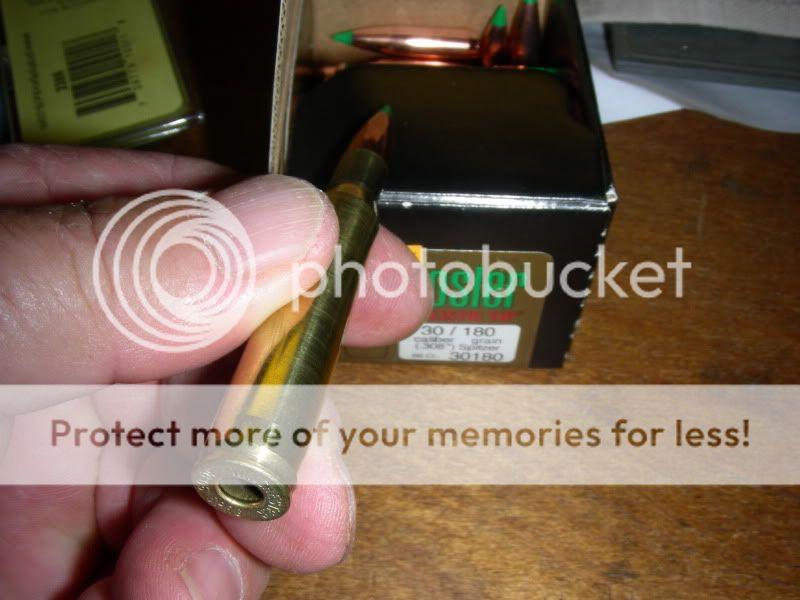Kevin Thomas
Well-Known Member
Mada,
Don't skip the resizing step, even if you "can" in some cases. Ideally, you want your ammo (especially hunting ammo) to chamber just like the factory stuff does; smoothly with virtually no pronounced resistance. Neck sizing will eventually give you problems unless you really (REALLY!) watch your measurments closely, each and every time you process the cases. I recommend full length sizing as a general rule, with very few exceptions. Life's just easier that way.
Boomtube's perfectly correct here, also, in that some cases can be neck sized by backing off a F/L die, but most cannot. Depends on the configuration of the case, but as a rule, backing off a F/L die actually results in what's correctly known as "partial sizing." To my mind, that's a bit of a non-solution, and brings its own problems to the mix. Full length size using a full length die, and neck size (if you must) using a proper neck size die made for the task.
Don't skip the resizing step, even if you "can" in some cases. Ideally, you want your ammo (especially hunting ammo) to chamber just like the factory stuff does; smoothly with virtually no pronounced resistance. Neck sizing will eventually give you problems unless you really (REALLY!) watch your measurments closely, each and every time you process the cases. I recommend full length sizing as a general rule, with very few exceptions. Life's just easier that way.
Boomtube's perfectly correct here, also, in that some cases can be neck sized by backing off a F/L die, but most cannot. Depends on the configuration of the case, but as a rule, backing off a F/L die actually results in what's correctly known as "partial sizing." To my mind, that's a bit of a non-solution, and brings its own problems to the mix. Full length size using a full length die, and neck size (if you must) using a proper neck size die made for the task.


